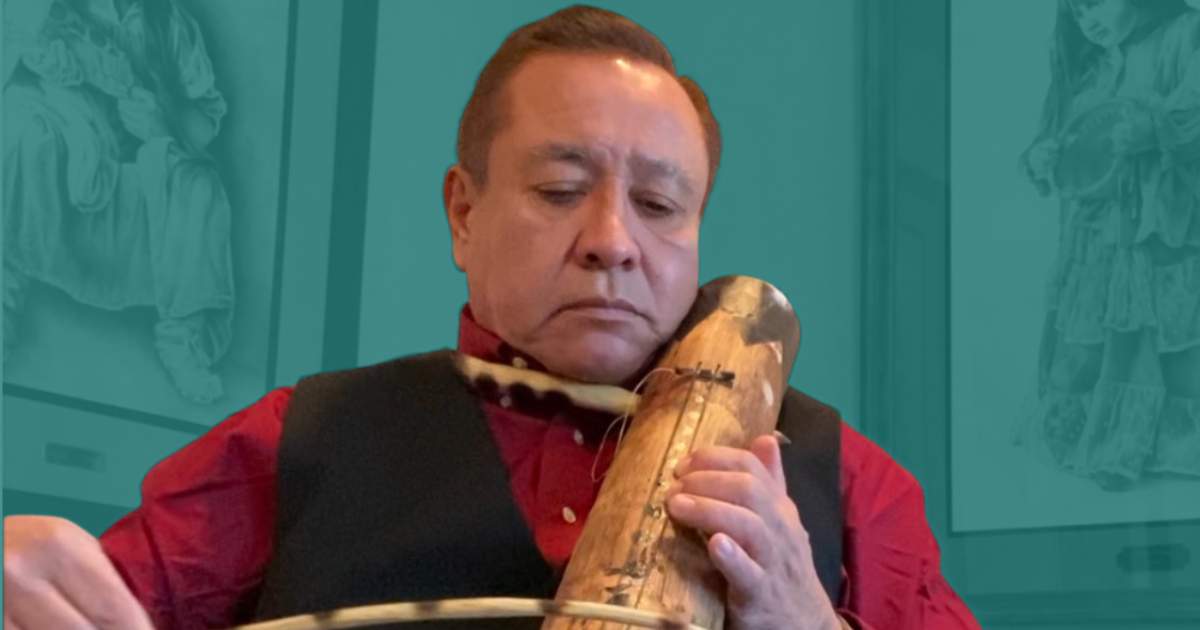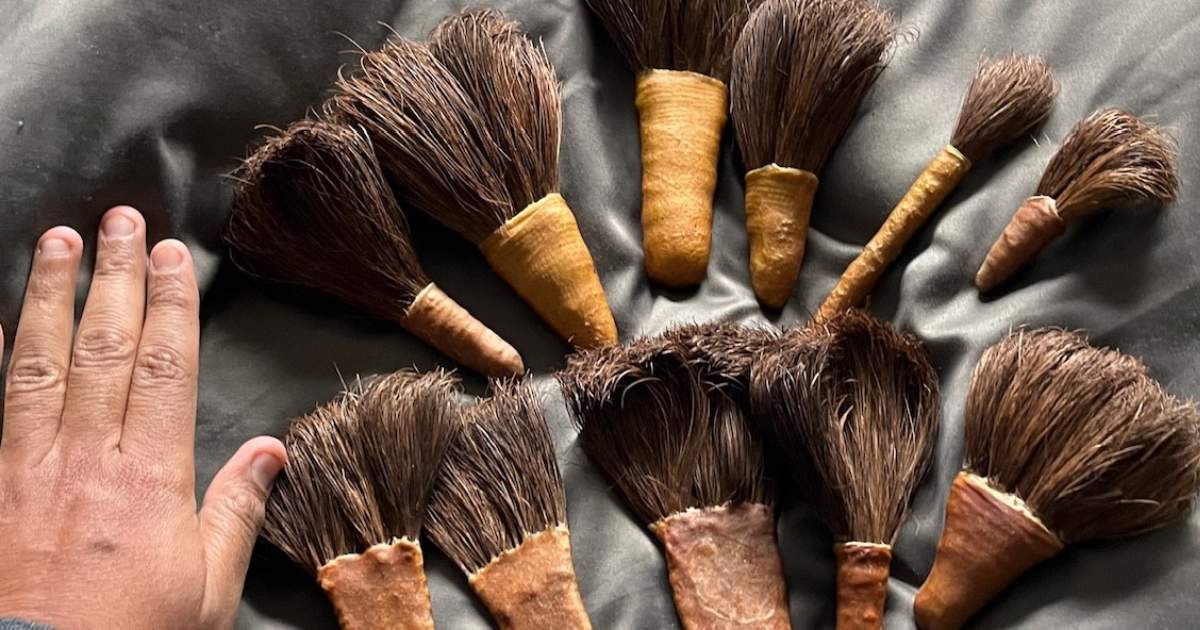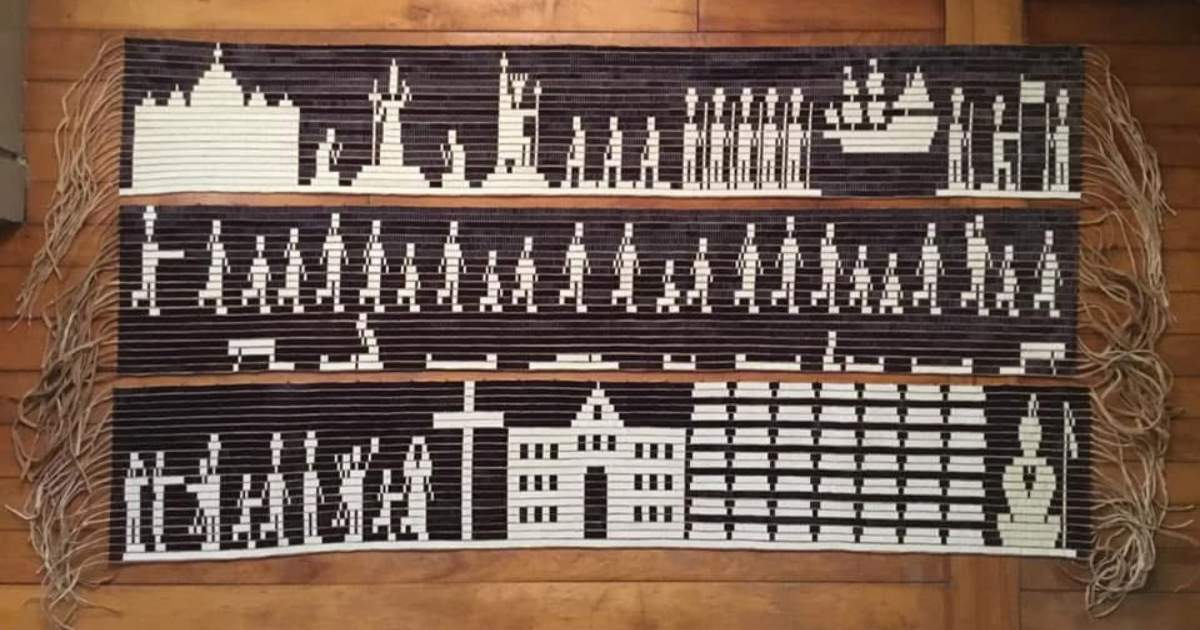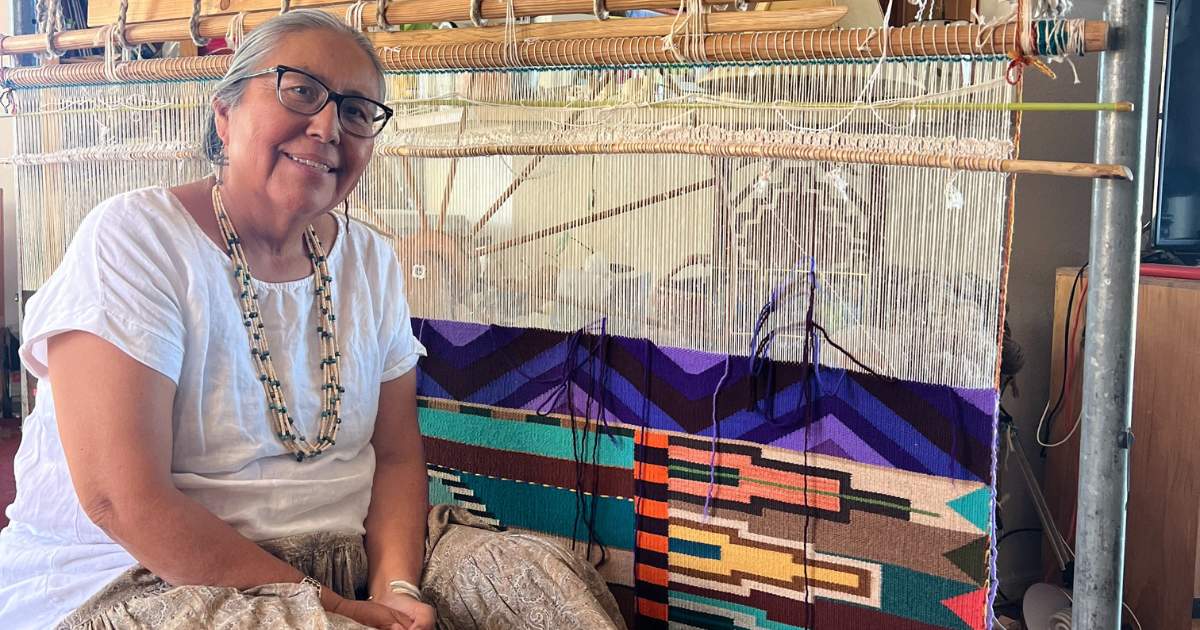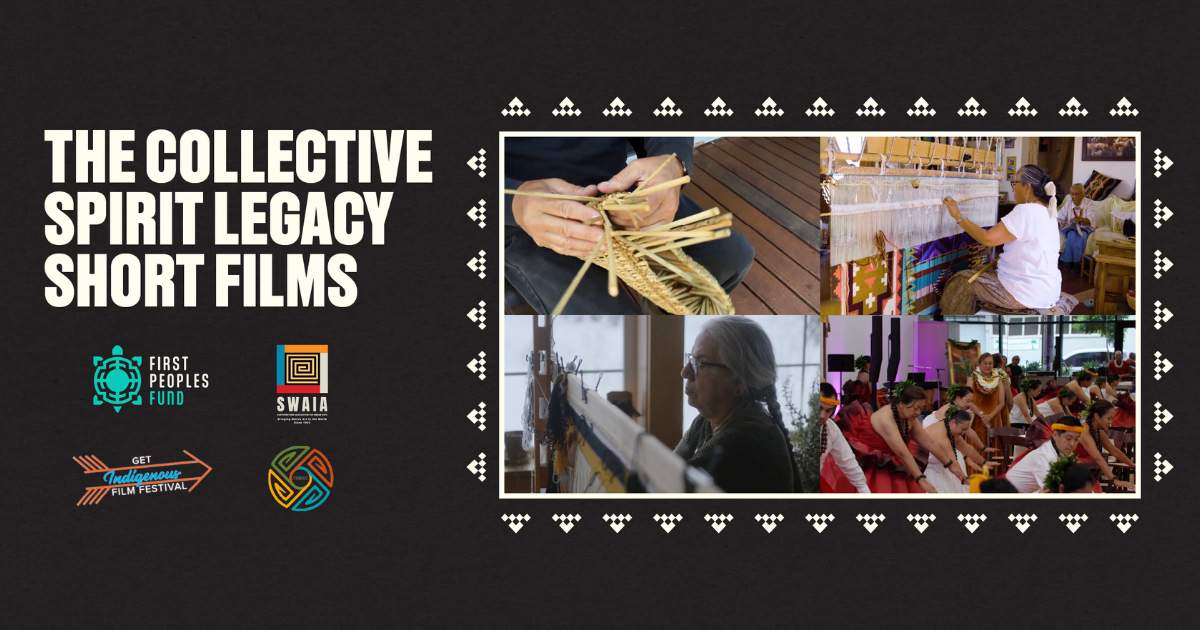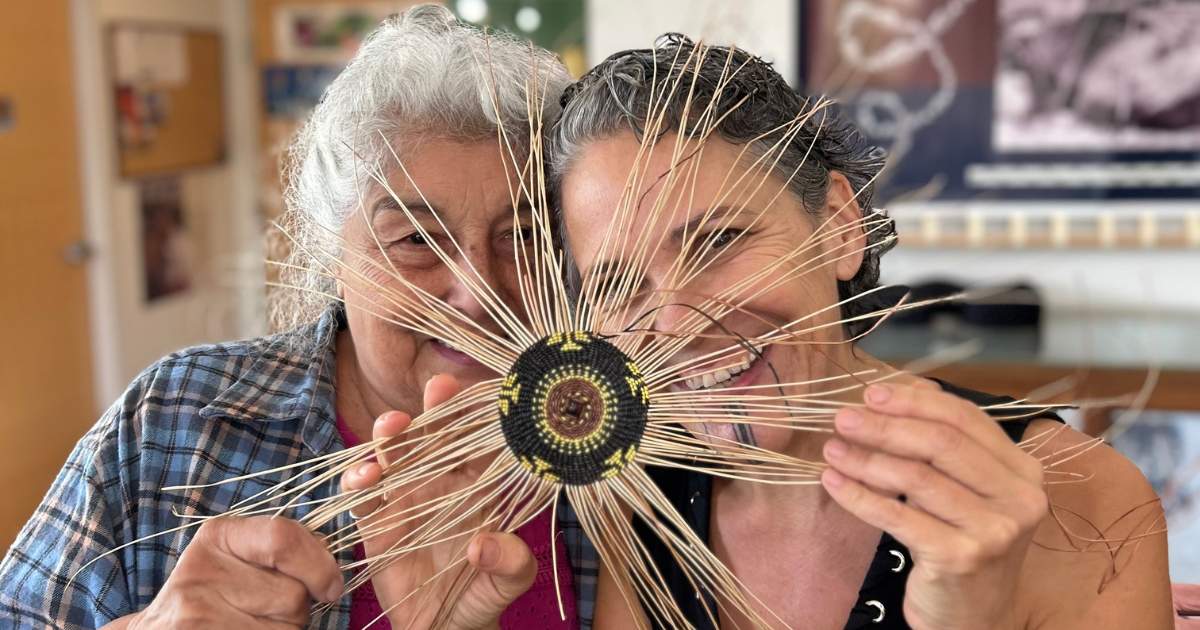
What You See When You See A Person Wearing A Cap
Lisa Morehead-Hillman (Karuk, Yurok) had a big turnout for a recent basketweaving presentation. She acknowledged every person who showed up. “You are a weaver. When you can say that about yourself, something shifts in you. You become more confident. And you say ‘Okay, let me just try that.’”
Not so many years back, Lisa was sitting at her desk at the tribe’s Department of Natural Resources when one of her co-workers came in, holding up a tiny curly root, as if he’d found something that belonged to her.
He said, “You’re a weaver, right?”
She had woven a few baskets, it’s true. Wasn’t she only a beginner? In that moment, something happened, a leap. “I felt myself to be a weaver. I called myself a weaver.”
“I felt myself to be a weaver. I called myself a weaver.”
As if that curly root had more to say, the leaps continued. Wanting to commission a cap, Lisa asked her teacher who could make one. The reply surprised her: “You need to weave your own.” An elder told her, “You’re going to be a cap weaver.” Others’ faith carried her forward: “Because they believed in me, I became this cap weaver.”
“This is a gift from my people,” she says. “I’d never be this advanced, this quickly, without the support of those who have passed.” The gift comes with the responsibility to share and teach others. If she hesitates to leave her weaving to travel and teach, she reminds herself: “It has to be with people.” She offers encouragement and support, sharing every trick she has learned.
Lisa is restoring one of her gathering places, a refuge with shade and a creek for kids to play in. She reminds us that basketweaving is inextricably tied to river health. Generations of Hillmans have persisted in the advocacy that finally resulted in the removal of dams from the Klamath River.
“How do we improve this area for our plant relations?” Lisa asks. Cleaning up the location each visit is a given. “The next year you see them growing so much happier, so much more beautiful, because they know they’re gonna be used, they know you want them. They just are better, always, every single time.”
Lisa’s casual mention of plans for gathering gives a tiny insight into how much knowledge weaving requires: they’ll gather blackfern, maidenhair fern, over here, and beargrass on the other side of the river—optimally in an area burned two years prior. Cultural burns are improving the quality of materials. Next will be alder bark for dyeing last year’s woodwardia.
Each basket holds infinite stories, of the year’s growth and events, animals that passed by, the hands that gathered and wove it, the person for whom it was woven. “We talk about baskets having their own spirits.”
That is why, Lisa says “when we do NAGPRA consultations or visits, it’s always really difficult for tribal people, to go and visit your relations that are all packed away, usually in the archives somewhere in boxes or in drawers, up on shelves.” After a day of that, she says, no matter how exciting the city you’re in, everybody usually just goes back to their hotel room and—she laughs—“cries.”
“I understand even more now.” When Lisa weaves a cap—especially a ceremonial cap—she is weaving it for somebody or some project. In the museum, it’s taken away from that somebody, and the story is lost. “It’s just embedded in the spirit of the basket itself… Wow, museum folks! You don’t need to keep that much stuff. Just give it back to us.”
Lisa has six apprentices, all established weavers, from the three major tribes in northern California that share the same patterns and materials, two Karuk, two Yurok, two Hupa. With a two-year commitment to working with Lisa, and to teach and/or take on their own apprentices, they work intensively on one basket type at a time.
For today’s generations, caps themselves are the best teachers. “I had to learn from the caps, from other baskets—‘How did they solve that?’” she says. She and her student are fortunate to have strong collections to study, “because they’re not teaching anyone in the museums.”
Calling herself a weaver extends beyond personal identity, to community identity. “The fact that I’m doing this, not ‘Oh, it’s too bad, they used to, weave caps and now we just buy them off of ebay…helps other people to self-identify.”
“The fact that I’m doing this, not ‘Oh, it’s too bad, they used to, weave caps and now we just buy them off of ebay…helps other people to self-identify.”
This resurgence, she says, is healing, giving the message, “‘We are still here’, so that it becomes a very natural thing to use the present tense. We still carry this beautiful art forward.”
“People are wearing new caps.” Lisa has nearly thirty caps “dancing on the river.” Every cap is a beacon of hope, embodying all that is coming back: ceremonies, language, traditional practice, environmental restoration.
“All of that is what you see, when you see a person wearing a cap.”
For Lisa, the gift of weaving already feels like an award. The Community Spirit Award is another huge blessing, allowing her to breathe and do what she needs to do.





































































































